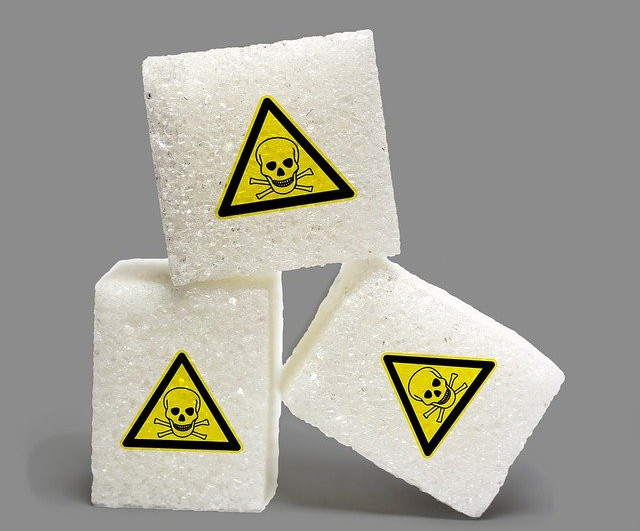The United States Environmental Protection Agency (EPA) has been seriously concerned about the risks of rat and mouse poison (rodenticides) for quite a long time. In 1999, they began to pressure the manufacturer of d-CON, one popular brand, to make changes to their line of products. The EPA’s reasoning for this was out of concern for risk from the poisons to pets, children and wildlife. After 16 years of push-back, the maker of d-CON finally agreed to abide by the directives of the EPA. I will explain to you why, in many ways, this was not a good decision.
Be worried even if you don’t use it.
Whether you do or do not use rat and mouse poison yourself, its use is so common that we all need to know the basics. Poisoning to animals can be either through direct ingestion, or through what is called “relay toxicosis”, meaning poisoning by eating a poisoned animal. Relay toxicosis is especially important when it comes to domestic cats and a variety of types of wildlife. It can occur less commonly in dogs as well.
We all need to worry about rodenticides.
Just what is in rat and mouse poison?
The “big three” types of rodenticides (rat and mouse poison) are as follows. These are the most common types, although there are others available. Keep in mind that products will have brand names that are not the same as the actual active ingredients. Active ingredients will be listed on the product label, typically with percentages after the chemical name.
- Anticoagulants. These are poisons that interfere with blood clotting. They are divided into first generation and second generation anticoagulants. Second generation anticoagulants are far more potent, and therefore concerning, than first generation. Sometimes these are referred to as “blood thinners”. Death occurs by blood loss, usually internally. Common anticoagulants are warfarin, diphacinone, chlorphacinone, brodifacoum, difenacoum, and bromadiolone. There is an antidote for anticoagulant poisons, although treatment may be for a month or longer.
- Bromethalin. This is a neurotoxin, meaning it affects the nervous system. Death occurs by brain swelling, often accompanied by seizures. THERE IS NO ANTIDOTE FOR BROMETHALIN.
- Cholecalciferol. This is a form of vitamin D that causes kidney failure by overdosing the body on calcium. Treatment is possible but difficult, and may take weeks.
Why is the U.S. EPA concerned?
The EPA’s concern is with second generation anticoagulants, which are much more potent than first generation, and last longer in the body. The problem with first generation anticoagulants is that they are not effective at killing rodents. Rats and mice may be resistant, and often require multiple feedings. However, since 2015, second generation anticoagulants have been banned for residential use.
Here’s how the EPA made things worse for pet owners.
In recent years, bromethalin-based products have come to dominate the market, filling in the gap that was left in 2015. With bromethalin, by the time symptoms are noted, it is almost 100% certain that death will occur.
The take-away message from all of this is that in recent years, the landscape of rodenticides has changed dramatically. In the past, the most common poison used (anticoagulants) had a delayed onset of action and a readily available antidote. Today, the most common rodenticide, bromethalin, has a rapid onset of action and no available antidote.
What can you do about it?
We all have a role to play in averting disasters caused by rodenticides that might harm animals or people!
- Do not use poison to deal with pest problems. Many other alternatives are available.
- Carefully search your property and eliminate any old poison that you find. Make sure to think like a dog or a cat. For example, dogs have been known to move refrigerators or get under a stove.
- Spread the word to friends and businesses about this issue.
- When using an exterminator discuss your concerns in advance of treatment.
***Update April 2022
I recently saw a dog with possible exposure to Tomcat Mole Killer. The active ingredient is: bromethalin! The owner was using this in his yard. He thought that by putting it down in a hole, the dog couldn’t get to it. This is a really, really bad idea.
- Remember dogs can smell and dig very well.
- Remember there IS NO ANTIDOTE.
- Remember about relay toxicosis.
- Do not use these sorts of products in or around your home or business.
Avoidance is always the best solution. However, anyone with a pet should always have the number for ASPCA Poison Control available: (888) 426-4435. You will typically need to pay a consultation fee.
